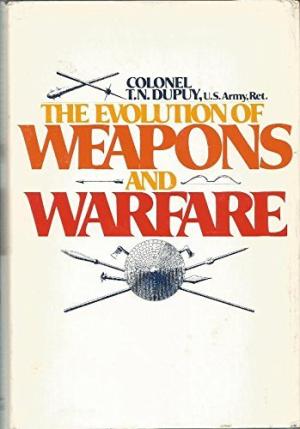Hard to ignore this one. According to White House reports 14 members of Al-Qaeda in the Arabian Peninsula (AQAP) were killed. We lost one person, three four injured and a $70 million Osprey. There were 10, 15, or 16 civilians killed. According to one report there were a total of 30 people killed (14 + 16 = 30?).
A few news reports:
https://www.yahoo.com/news/civilians-likely-killed-us-raid-yemen-pentagon-014654537.html
This article provides the figures of 16 civilians killed (8 women and 8 children)
This article provides the estimate of 30 people killed at the site, including 10 civilians. It also say at least 15 civilians killed, according to U.S. military officials. “The military officials who spoke to Reuters on condition of anonymity said “a brutal firefight” killed Owens and at least 15 Yemeni women and children.” It also notes that “Some of the women were firing at the U.S. force, Pentagon spokesman Captain Jeff Davis told reporters.”
Also:
U.S. military officials….said, the attacking SEAL team found itself dropping onto a reinforced Al Qaeda base defended by landmines, snipers, and a larger than expected contingent of heavily armed Islamist extremists.
One of the three U.S. officials said on-the-ground surveillance of the compound was “minimal, at best.”
“The decision was made—to leave it to the incoming administration, partly in the hope that more and better intelligence could be collected,” that official said.
There were two Osprey’s used in the raid. One suffered engine failure (remember Operation Eagle Claw: Operation_Eagle_Claw).
The UK Guardian is more direct: http://theweek.com/speedreads/677442/trumps-disastrous-first-military-strike-previously-been-rejected-by-Obama
[Colonel John] Thomas said he did not know why the prior administration did not authorize the operation, but said the Obama administration had effectively exercised a “pocket veto” over it.
A former official said the operation had been reviewed several times, but the underlying intelligence was not judged strong enough to justify the risks, and the case was left to the incoming Trump administration to make it own judgment.”
Colonel Thomas is the Central Command spokesman:
https://www.washingtonpost.com/world/national-security/us-acknowledges-civilian-deaths-in-trump-authorized-yemen-raid/2017/02/01/e1f56c3c-e8e0-11e6-80c2-30e57e57e05d_story.html?utm_campaign=pubexchange&utm_medium=referral&utm_source=huffingtonpost.com&utm_term=.76e64d7a6149
Anyhow, I think people will be talking about this one for a while.




